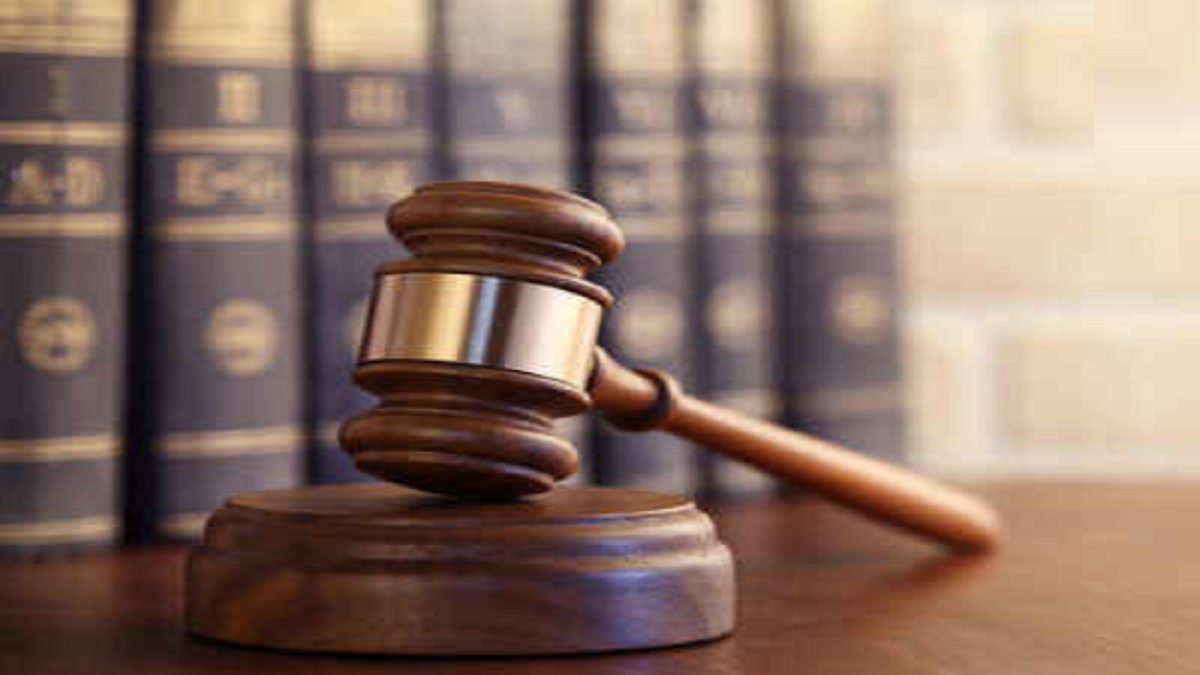


I n a democracy where referendum is the exception, and periodic elections are the norm, how are elected representatives expected to gather public opinion on matters of policy, including morality, before passing legislations which are ostensibly based on “public morality”? Gathering public opinion through surveys and polls is a fairly common practice these days. In March 2017, an article titled “Measuring Public Opinion with Surveys” was published in the Annual Review of Political Science. The article, authored by Adam J. Berinsky, a Professor at the Department of Political Science at Massachusetts Institute of Technology, revealed that since the 1930s “opinion polls—or surveys—have become the dominant way for politicians, media organizations, interest groups, and academic researchers to assess the public will” despite a body of scholarly work which has criticized the reliability of opinion polls. Prof. Berinsky was of the view that surveys “provide a more nuanced picture of the political cognition of individuals than do the blunt instruments of electoral returns” which, when combined with the big data revolution, have given policy makers and researchers sharper tools to distill public opinion.
A decade before that, in a 2007 paper titled “How Policy Makers View Public Opinion”, Prof. Francois Petry, a political scientist from Université Laval, presumed that in a democracy “there ought to be a high degree of harmony or congruence between government policy and public opinion”. In the paper, he examined whether this presumption was backed by empirical evidence and concluded that there was a significant reliance on election manifestos to assess public opinion since an endorsement of a political party through election was interpreted as endorsement of its stated mandate in its manifesto. Interestingly, Prof. Petry also found that policy makers were “more attentive to interest group opinion than to mass opinion as revealed by surveys”. Critically, he concluded that an overall weak system allowed an elected government to ignore both public opinion and the opinion of interest groups, and instead be guided solely by its electoral manifesto on matters of policy. This underscores the need for institutional safeguards to ensure that a government remains alive to public opinion.
In the same year, another paper titled “The Supreme Court and Morality Policy Adoption in the American States: The Impact of Constitutional Context”, authored by Prof. Dana Patton, was published in the Political Research Quarterly. This paper examined the judgements of the US Supreme Court within the broader canvas of Morality Policy Studies by extending the application of the Morality Policy Theory to the Court. She recognized, and was supported in her views by scholars before her, that the power of judicial review as exercised by the US Supreme Court had a profound effect on the policymaking environment in the United States. She acknowledged that morality policy issues have the innate tendency to raise constitutional concerns given that they relate to topics such as free speech, privacy, sexuality, religion and the like. Therefore, such policies, more often than not, are likely to reach the US Apex Court for judicial review within the ambit of the Constitution. That this observation is equally applicable to the Indian Supreme Court is fairly obvious.
While Prof. Patton’s analysis was directed more towards understanding the impact of the US Supreme Court’s verdicts on policymaking, what makes her discussion relevant to the Indian context is that in the absence of a definition of public morality in the Constitution;
and in the absence of any specific provision that requires the State to undertake an evidence-collection exercise before formulating a policy, especially one based on public morality there is a significant room for play that is available to the State.
This room for play accommodates within itself serious potential for mischief, abuse and capricious behaviour, thereby underscoring the need for the power of judicial review to ensure that the State operates within the lines painted by the Constitution. To the Indian Supreme Court’s credit, its verdicts have over time required the State to at least justify its policies on the anvils of reason by requiring the contrary i.e. that the policy is not arbitrary or discriminatory. To infuse policy-making with these prerequisites, the Court has interpreted Article 14 fairly expansively to go beyond the literal language of the provision which expressly refers to only equality before the law and equal protection of the laws within the territory of India. In other words, despite cases of judicial overreach, judicial creativity has been put to good use to require the State to conform to some degree of rationality, fairness and reasonableness.
In certain instances, for example in the case of granting reservations, the Supreme Court has required collection of empirical evidence before affirmative benefits are extended to any group which claims to be socially and economically backward. Therefore, notwithstanding the absence of express parameters or methodology for gleaning public opinion in the Constitution, the exercise of the power of judicial review by Constitutional Courts has resulted in the State subjecting itself to certain standards of accountability and reasonableness. That said, it would help if all organs, namely the Legislature, the Executive and the Judiciary, adopt a more evidence-based approach in taking their respective positions if policy-making is to approximate and address ground realities better.
J. Sai Deepak is an Advocate practising as an arguing counsel before the Supreme Court of India and the High Court of Delhi.